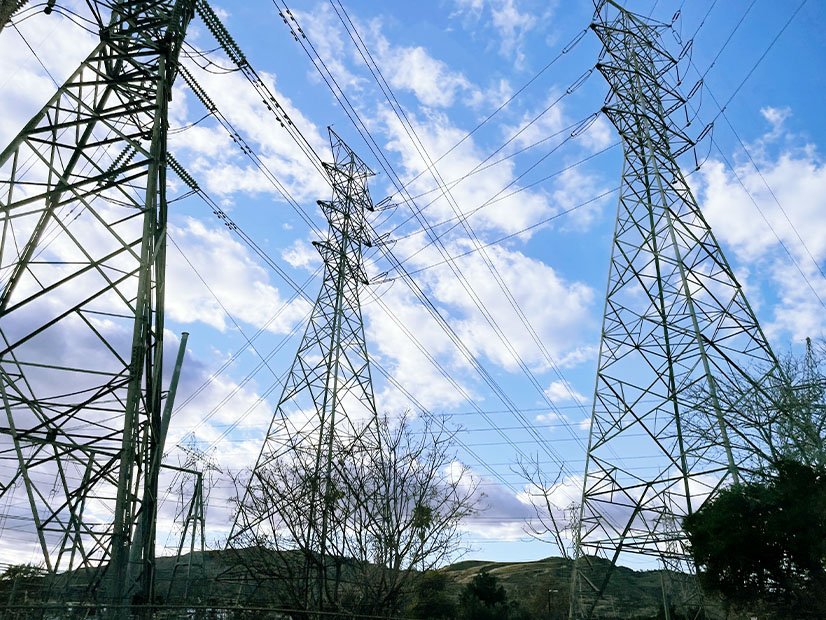
FERC on Dec. 29 rejected Pacific Gas and Electric’s request for an adder to its transmission rates based on its participation in CAISO, finding that California law precludes the utility from leaving the ISO without the state’s permission (ER24-96).
The rejection was part of a broader decision in which the commission partly accepted PG&E’s proposed revised formula rate and transmission recovery requirement (TRR), while also subjecting them to settlement judge procedures in light of protests from the utility’s transmission customers.
PG&E had proposed a base return on equity of 12.37%, which it said reflects its current financial situation and uncertainties and risks resulting from wildfires and California’s “inverse condemnation” law, which holds the state’s utilities responsible for damages caused by their equipment even in the absence of demonstrating negligence.
The utility said the base ROE fell within a “zone of reasonableness” ranging from 8.02 to 13.24% and contended that it deserved to be compensated at the higher end because of the risks it faces. On top of that, it also requested an adder of 50 basis points for participating in CAISO — for a total ROE of 12.87%.
Disputes around whether to allow California investor-owned utilities to recover an incentive for participating in the ISO have been ongoing. The commission in 2020 rejected the California Public Utilities Commission’s argument that PG&E was ineligible for the RTO adder — meant to incentivize utilities to join RTOs — because participation in CAISO was mandatory. FERC ruled that, based on California law, the utility’s participation in the ISO was voluntary and that it could unilaterally decide to leave. (See FERC Rejects RTO Incentive Adder Rehearing.)
But in September 2022, California amended its public utilities code to mandate that electric utilities join and remain members of CAISO, able to leave only with the CPUC’s approval.
The utility argued that because “California law expressly provides PG&E an opportunity to withdraw, subject to CPUC approval,” ISO participation is not strictly mandatory.
“We are not persuaded by PG&E’s arguments that there is a disputed factual issue about whether PG&E’s ongoing participation in CAISO is voluntary and that the commission should therefore set this matter for hearing and settlement judge procedures,” FERC said. “We find that, by virtue of the recently enacted California statute, PG&E is required to participate in CAISO and cannot unilaterally withdraw from CAISO. As such, PG&E’s participation in CAISO is no longer voluntary. Thus, we find that PG&E is no longer eligible for the RTO adder.”
FERC noted that the CPUC estimated the adder would have been worth $41.38 million annually.
Along with asking FERC to reject the RTO adder, several stakeholders also protested other aspects of PG&E’s proposed formula rate and TRR, contending the utility relied on an “inappropriately selected” proxy group for ROE comparatives, included an “expected earnings” analysis that is not part of FERC’s existing methodology and drew incorrect conclusions about its own risk position.
Among the complaints by protesters, two power agencies questioned PG&E’s accounting of its wildfire costs and the reasonableness of its proposed wildfire self-insurance program. Others contested the utility’s proposed 3.29% depreciation rate as being excessive, saying it was an unjustifiable increase from the presently authorized rate of 2.86%.
Having rejected the RTO adder, the commission said its preliminary analysis indicated that other aspects of PG&E’s requested formula rate and TRR might not meet FERC’s just-and-reasonable standard.
“We find that PG&E’s filing raises issues of material fact that, to the extent not summarily disposed of here, cannot be resolved based on the record before us and that are more appropriately addressed in the hearing and settlement judge procedures,” the commission wrote.

